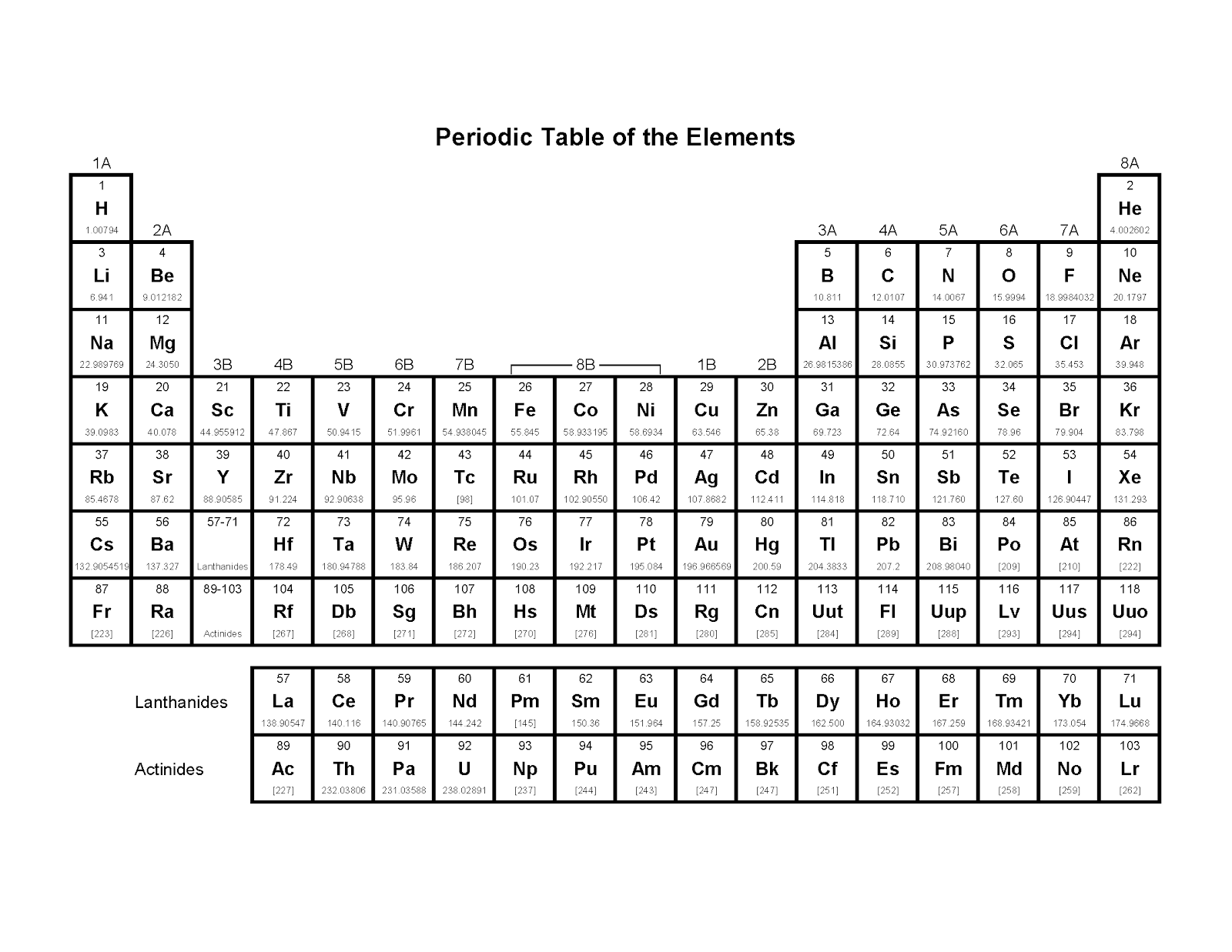

Chapter XI, “The Black Consul,” describes Toussaint’s administrative decisions as well as the Constitution declaring the island’s relative independence from France. In Chapter IX, “The Expulsion of the British,” Toussaint reluctantly agrees to aid the French in curbing the British assault on their territory.Ĭhapter X, “Toussaint Seizes Power,” foreshadows Toussaint’s tragic flaw (his inability to connect with the masses) as well as his final, complete domination of the island by driving his competitors out. The seventh chapter, “The White Slave-Owners Again,” chronicles French administrator Sonthonax’s departure from the island.

The sixth chapter, “The Mulattoes Try and Fail,” details the efforts of the Mulatto class on the island to derail Toussaint’s power. In the fifth chapter, “The Rise of Toussaint,” James describes Toussaint’s physical features, his relationship with the French general Laveaux, and his early efforts to consolidate his power on the island.

In the fourth chapter, “And the Paris Masses Complete,” James describes continued, strained relations between the Parisian metropolis and the colony, as well as the newfound threat of the British. In the third chapter, “Parliament and Property,” James describes the debate that raged in French assembly houses over whether the colonialists or Mulattoes should be accepted as citizens in the republic. He specifically mentions a number of slave rebellions as evidence that the slaves were not the docile, happy folk that many slavery apologists made them out to be. In the first chapter, James focuses on the slave population in the island, which were owned as property by the focus of the second chapter: the white slave-owning classes. James provides an historical account of the Haitian Revolution, which unfolded in the French-controlled West Indies colony of San Domingo in the wake of the French Revolution. This includes both lower-mass black holes and possibly even a neutron star," Lu said.The following version of the book was used to create this study guide: James, C.L.R. "As much as we would like to say it is definitively a black hole, we must report all allowed solutions. That paper will be published in The Astrophysical Journal. Their analysis has been accepted for an upcoming issue of The Astrophysical Journal Letters.Īnother team from the Space Telescope Science Institute in Baltimore calculated a slightly different mass for the object and concluded with a higher degree of confidence that it is, in fact, a black hole. Lu helped lead one of two teams that analyzed the same data of the microlensing event observed by NASA's Hubble Space Telescope. I think we have opened a new window onto these dark objects, which can't be seen any other way." "With microlensing, we're able to probe these lonely, compact objects and weigh them. "This is the first free-floating black hole or neutron star discovered with gravitational microlensing," said University of California, Berkeley, astronomy professor Jessica Lu, in a statement. This was done for the first time by observing how the same force distorts the light from a more distant star, a phenomenon called gravitational microlensing. Now teams of astronomers have documented what could be either a neutron star or a vagabonding lone wolf of a black hole cloaked in the inescapable power of its own gravity. But scientists expect that there are hundreds of millions of black holes drifting through the more isolated corners of the cosmos. Sometimes black holes are apparent because one or many stars are orbiting them, as is the case with the supermassive black hole at the center of the Milky Way. But when we look at these images, the light that we see is actually the disk of hot gas and material circling around the edge of the black hole itself. In just the past few years, the international collaboration behind the Event Horizon Telescope managed to photograph black holes for the first time.

Until now, the only way to spy on the mysterious cosmic objects was by looking for the light reflected by matter on a black hole's perimeter.Īstronomers may have done the seemingly impossible and spotted a wandering black hole for the first time.īlack holes themselves are invisible by definition because not even light can escape their intense gravitational pull. For the first time, astronomers have used a quirk of gravity's effect on starlight to spot a "free-floating" black hole.


 0 kommentar(er)
0 kommentar(er)
